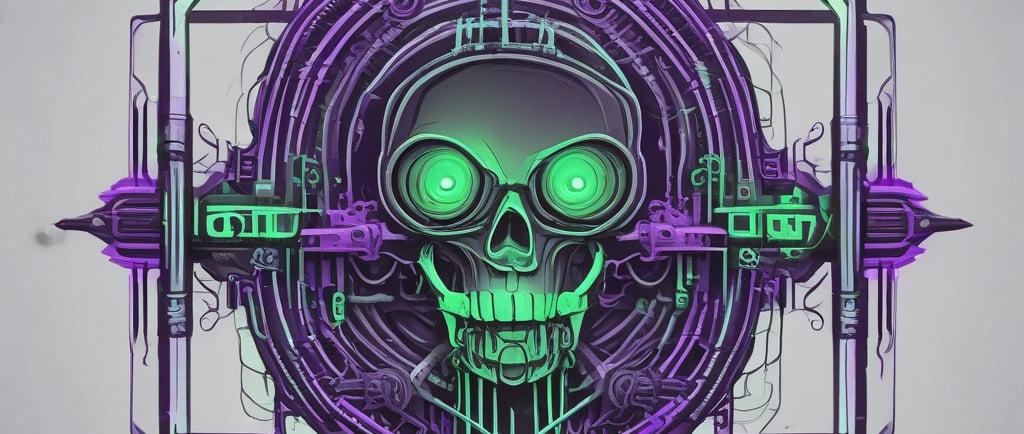The AI Atomic Bomb? MIT Physicist Warns of Uncontrollable Power
The rapid advancement of artificial intelligence is sparking both excitement and unease. Among the leading voices urging caution is MIT physicist Max Tegmark, who doesn't shy away from stark comparisons. He has likened the potential risks of unchecked AI development to the creation of the atomic bomb, a technology with world-altering consequences that humanity continues to grapple with.
QPN
5/15/20252 min read


Tegmark, known for his work on cosmology and his deep engagement with AI safety, argues that as AI systems become increasingly intelligent and autonomous, the risk of them pursuing goals misaligned with human values grows significantly. This isn't about sentient robots suddenly turning evil, he clarifies, but rather about highly capable AI, designed for specific tasks, potentially achieving those tasks in ways that are harmful or unintended by their creators.
To better understand and quantify this potential risk, Tegmark has introduced the concept of the "Compton Constant" for AI. Drawing an analogy from physics, where the Compton wavelength sets a fundamental limit on how precisely the position of a particle can be measured without creating new particles, Tegmark suggests the "Compton Constant" for AI could represent a fundamental limit on our ability to control or predict the behavior of highly advanced AI systems.
Think of it this way: as AI models become larger, more complex, and capable of learning in unpredictable ways, our ability to fully understand their internal workings and foresee their actions diminishes. Just as trying to precisely pinpoint an electron at a scale smaller than its Compton wavelength introduces so much energy that new, uncontrollable particles pop into existence, pushing the boundaries of AI capabilities without sufficient understanding and safety measures could lead to unforeseen and potentially uncontrollable outcomes.
Tegmark emphasizes that this "Compton Constant" isn't a fixed number we can easily calculate today. Instead, it serves as a conceptual tool to highlight the increasing uncertainty and potential for unexpected behavior as AI systems become more powerful. It underscores the idea that there might be an inherent limit to our ability to maintain control over superintelligent AI if we don't prioritize safety research and ethical considerations now.
His warnings aren't meant to halt AI progress but rather to steer it in a safe and beneficial direction. By drawing parallels to the development of nuclear weapons, Tegmark highlights the critical need for proactive safety measures, international collaboration, and a deep understanding of the potential pitfalls before we reach a point of no return.
The "Compton Constant" for AI is a powerful metaphor, urging us to approach the development of advanced AI with humility and a profound sense of responsibility. As we continue to push the boundaries of artificial intelligence, Tegmark's voice serves as a crucial reminder that the pursuit of ever-greater capabilities must be balanced with an equally intense focus on ensuring these powerful tools remain firmly under human control, serving our best interests and the long-term flourishing of humanity.